The Ferghana Valley is the picturesque heart of Uzbekistan, the birthplace of brave yigits and ancient legends. On the territory of the valley, many places have been preserved, where pilgrims from all over the world flock. We offer you to take a short tour of the historical sights of Andijan and Namangan regions. We are sure that you will find many surprises. We will start our trip from Namangan region.
It is no the news, but now you can get to the cities of the Ferghana Valley by train. Here, not so long ago, a railway was laid in the direction of Tashkent-Pap, passing through the Kamchik mountain pass. Arriving in the city of Pap, we go to the city of Chust in the Namangan region. What do we know about this ancient city? Since ancient times, Chust has been famous for its artisan workshops for making knives. In the heart of the city is the quarter of Suzangars - blacksmiths who make knives, considered the heart of Chust. In small forges, hereditary Suzangars manually make pichaks - Uzbek knives. Each of the pichaks has its own purpose. Chust knives are incredibly sharp and beautiful. Their blade will serve its owner for a long time and will remain sharp.
The city is also famous for its skullcaps. They resonate quite strongly with any other types of skullcaps. They have unique patterns and ornaments. Masters sew skullcaps by hand, adding unique details to them.
In the city of Chust, you can visit the house-museum of Muhammad Sharif Sufizoda, a prominent Uzbek educator, poet and prose writer.
In the city of Chust, you can visit the house-museum of Muhammad Sharif Sufizod, a prominent Uzbek educator, poet and prose writer. Muhammad Sharif Egamberdi ugli Sufizoda was one of the famous literary figures of the Ferghana Valley at the beginning of the XX century, who continued the literary traditions of the times of Uzbek democracy and enlightenment. In 1893-1898, he lived in Kokand and, with the assistance of the writers Mukimi and Furkat, wrote satirical works under the pseudonym "Vakhshiy". For his services to Uzbek literature, in February 1926, he was awarded the title of "People's Poet of Uzbekistan" together with Hamza Hakimzade Niyoziy. During the years of repression, he was declared an "enemy of the people" and was shot in 1937, at the age of 57.
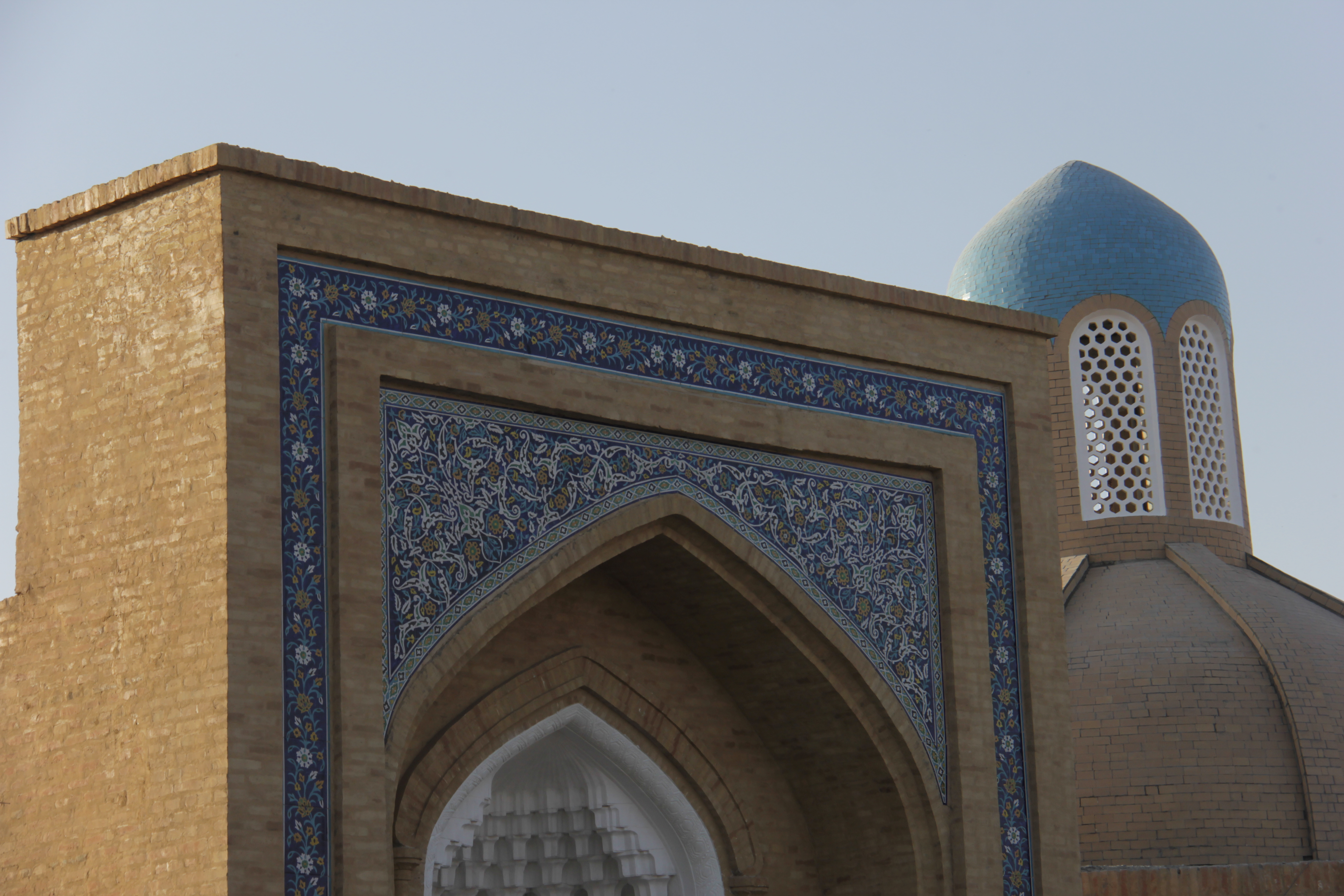 In the center of the city of Turakurgan, a few kilometers from Namangan, there is a unique madrassah Goibnazar Kozi. The mosque was built in the XIX century by the respected and enlightened judge Gaibnazar Kozi. The famous architect of the Ferghana Valley, Mullo Kirghiz, participated in the construction of the mosque. Also in this area is a unique memorial complex Iskhokkhon Ibrat. In 2016, President Shavkat Mirziyoyev initiated the construction of a memorial complex named after Iskhokkhon Ibrat, an Uzbek educator and scientist. Iskhokkhon Ibrat was one of the first typographers of Uzbekistan. At the beginning of the XX century, he bought a lithographic machine in Orenburg and opened a printing house "Iskhokia" in his house in the Turakurgan district. His printing house worked until the 1960s.
In the center of the city of Turakurgan, a few kilometers from Namangan, there is a unique madrassah Goibnazar Kozi. The mosque was built in the XIX century by the respected and enlightened judge Gaibnazar Kozi. The famous architect of the Ferghana Valley, Mullo Kirghiz, participated in the construction of the mosque. Also in this area is a unique memorial complex Iskhokkhon Ibrat. In 2016, President Shavkat Mirziyoyev initiated the construction of a memorial complex named after Iskhokkhon Ibrat, an Uzbek educator and scientist. Iskhokkhon Ibrat was one of the first typographers of Uzbekistan. At the beginning of the XX century, he bought a lithographic machine in Orenburg and opened a printing house "Iskhokia" in his house in the Turakurgan district. His printing house worked until the 1960s.
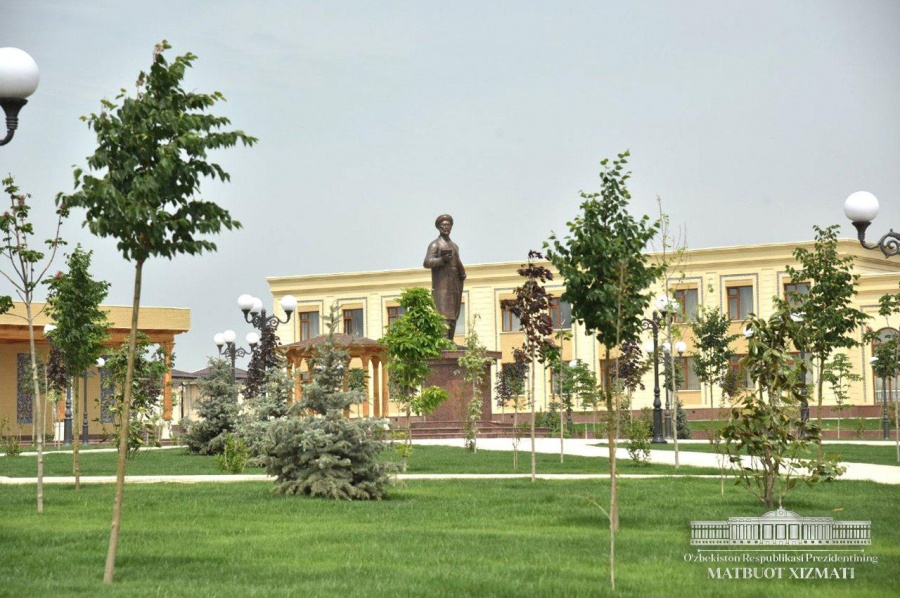
Now the historical architectural building houses a museum. Thanks to the efforts of local activists, a garden was opened here, in the center of which there is a monument to Ishokkhon Ibrat. The complex also includes a terrace in the national style, a printing house, a musical fountain and a specialized boarding school with 400 seats for the study of foreign languages.
Namangan - blooming valley
City of Namangan stands out for its historical flavor, cozy streets and ancient buildings. In Namangan, you can visit the amazing theme park "Valley of Legends"("Afsonalar vodiysi"). Here, on an area of 155 hectares, there is a large three-story artisan center, a mosque, a hotel, cottages, shopping centers, an amusement park, water parks, waterfalls, and musical fountains. A great place to relax and learn ancient folk crafts.
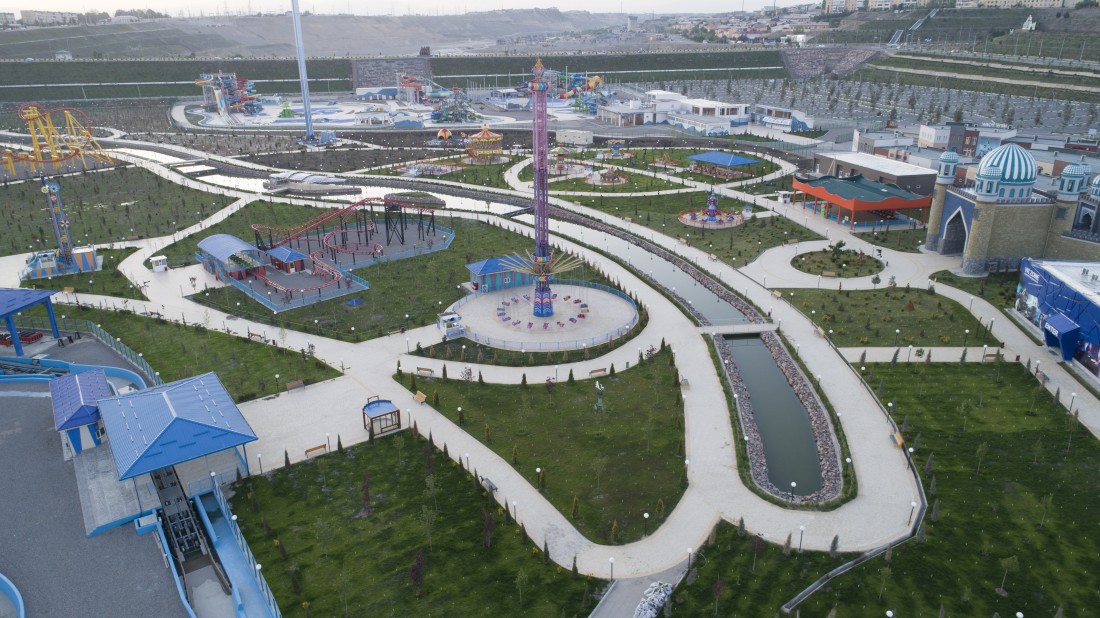
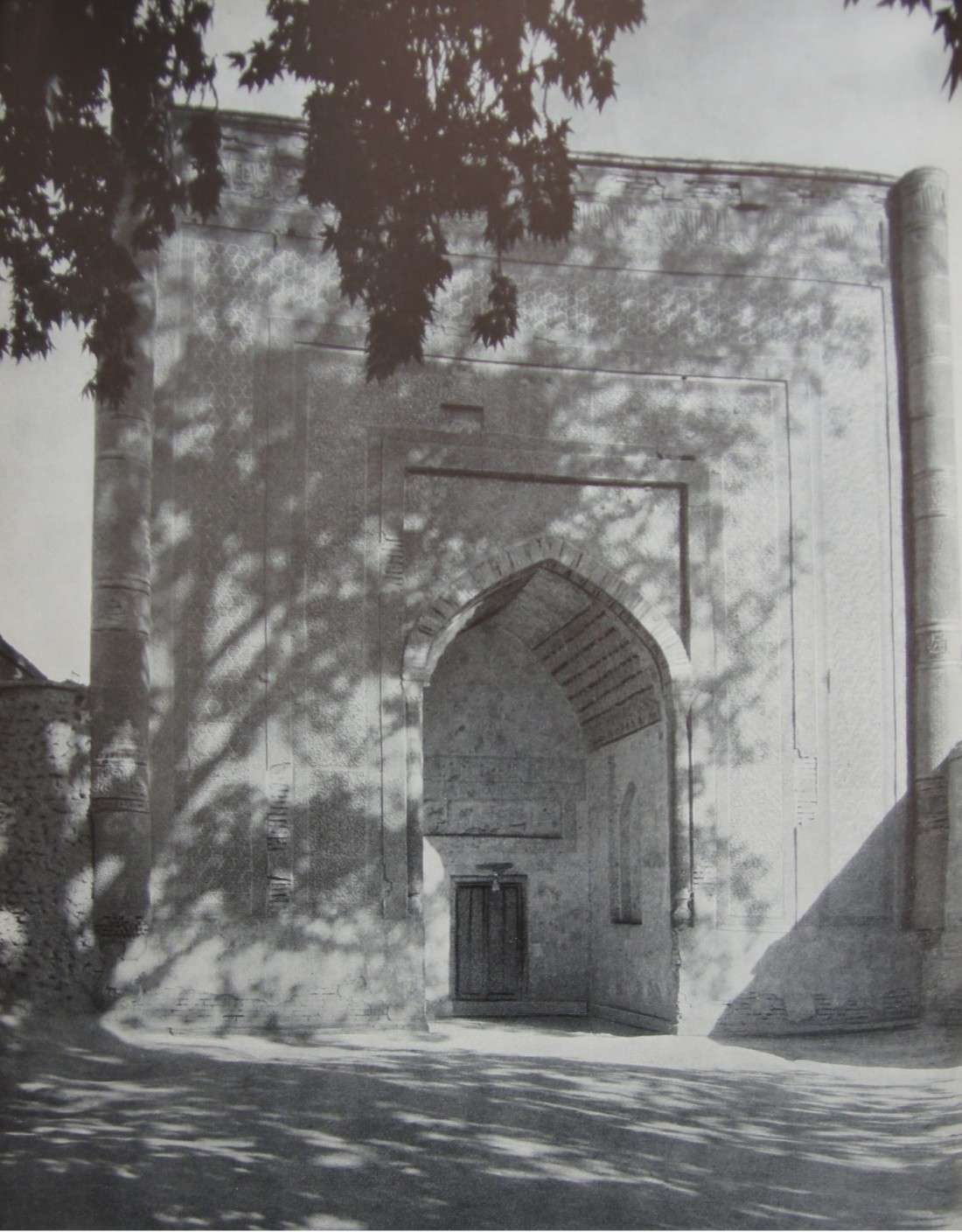 In Namangan there is an interesting monument of the past – the mausoleum of Khoja Amin. According to legends, Amin Khoja, the heir of one of the most famous Tashkent sheikhs of Shaikhantaur, is buried in the mausoleum. The facade and dome of the mausoleum were built around the second half of the XVIII century. To create it, the masters used traditional styles of Central Asian architecture. Fragments from the holy Koran are carved on the pylons and towers of the entrance portal. After some time, the mosque was completed, but, unfortunately, only part of the mosque and part of the mausoleum have survived to this day.
In Namangan there is an interesting monument of the past – the mausoleum of Khoja Amin. According to legends, Amin Khoja, the heir of one of the most famous Tashkent sheikhs of Shaikhantaur, is buried in the mausoleum. The facade and dome of the mausoleum were built around the second half of the XVIII century. To create it, the masters used traditional styles of Central Asian architecture. Fragments from the holy Koran are carved on the pylons and towers of the entrance portal. After some time, the mosque was completed, but, unfortunately, only part of the mosque and part of the mausoleum have survived to this day.
If you go deep into the Namangan region, you can get into an amazing and picturesque area, where the Naryn River flows - the right tributary of the Syr Darya River. Here, in this area, the Naryn River merges with the Karadarya (left tributary) and forms the Syr Darya River. This village is called Kurgoncha. Local residents are engaged in fishing, growing fruits and those Namangan fragrant apples, which are sung in the famous song "Apple Trees of Namangan".
Andijan - Babur's birthplace
From Namangan, we take a direct route to Andijan. After driving 65 km, we reach the ancient city of Andijan. What do we know about it? The famous descendant of Timur, the founder of the Mughal dynasty, Zahiriddin Muhammad Bobur, was born here. The city, once located on the route of the Great Silk Road, is rich in archaeological sites and historical monuments that are recommended for visiting. Among them: the ancient garden "Gods of Babur" (Babur's Garden), the architectural complex of Jami, the tomb of Quteyba Ibn Muslim and the shrine of Bibi Seishanba.
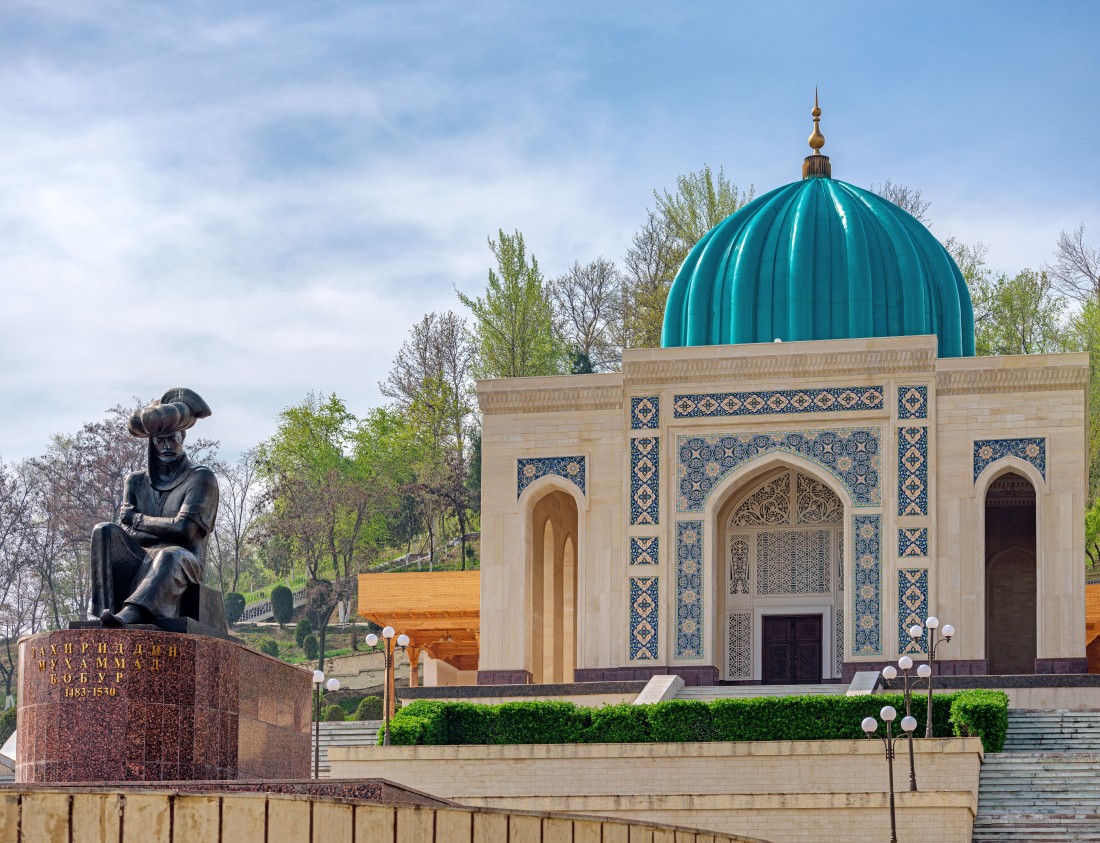
And our journey continues, then we go in the direction of Andijan-Izbaskan-Pakhtaabad. Izbaskan is an ancient district in the Pakhtaabad district of Andijan province. It is known that it was founded in 1926. The ancient shrine of Hovuskhon Ota is located in this area. Also in the Pakhtaabad district, you can visit the unique mosque on the water – the ancient Otakuzi madrassah.
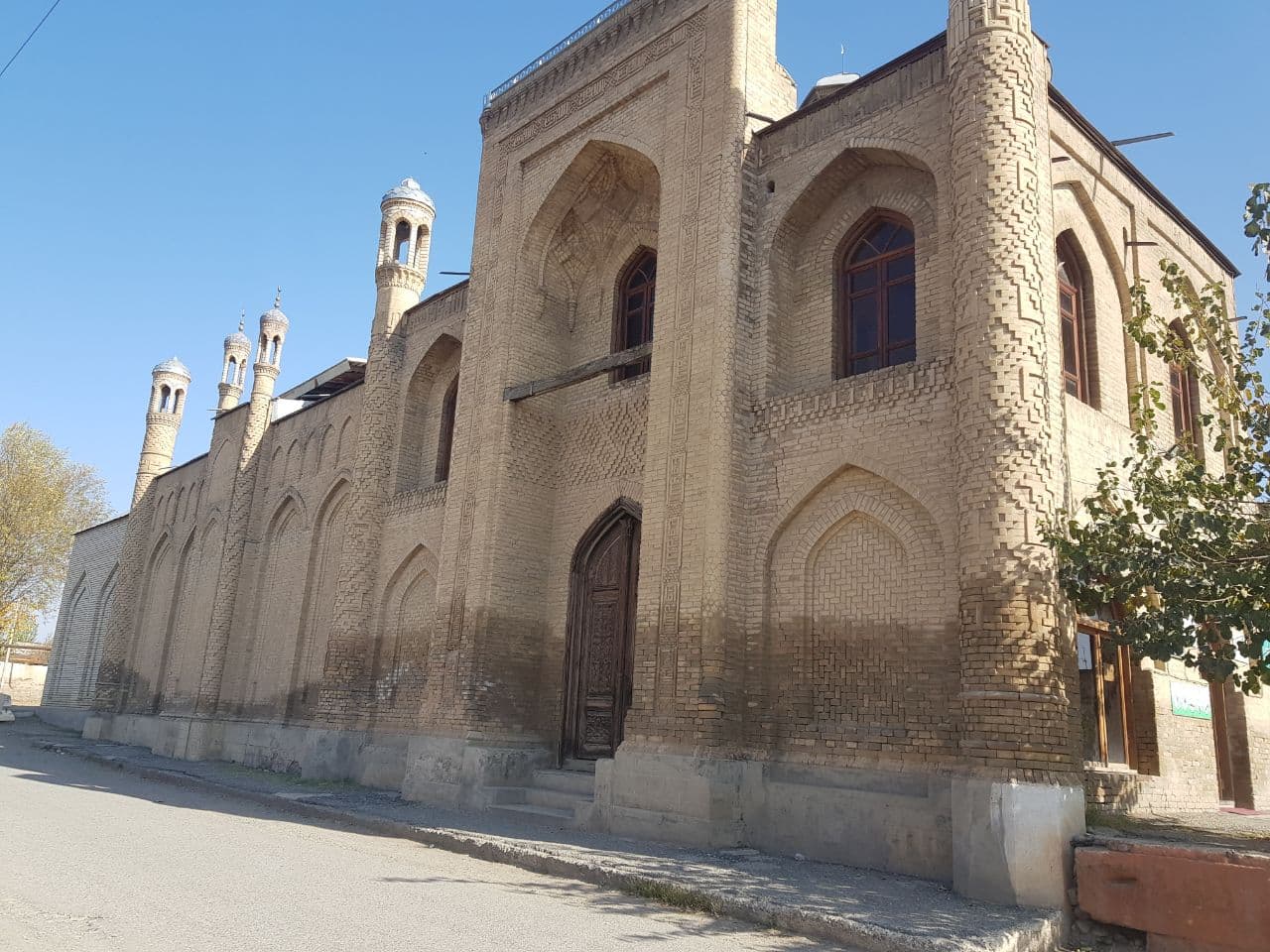
This majestic building is 115 years old. The uniqueness of this madrasah is that it is practically located on the water, under the walls of the building there is a canal. The madrasah is named after the local ruler Khoja Ota-Kuzi or Kuzibay-ota. Kuzibay ota was a wealthy man, and at the same time considered the enlightenment one of the components of the foundations of Islam. Kuzibay-ota decided to build a large spiritual institution at his own expense.
If you find yourself in the village of Madaniyat in Pakhtaabad district, you will definitely visit the shrine of Khoja Taksim ota, and the Madaniyat sanatorium is located nearby. The clean mountain air and therapeutic treatments allow visitors to get a full rest and plunge into the history of the ancient region.
If you want to visit the largest and most beautiful mosque in the region, go to the Dovudhon Tura Mosque in Andijan region. The mosque was built in 1988, in 2017-2018, a large-scale restoration was carried out here, new modern sanitary conditions were built here for performing ablution before namaz, prayer halls were renovated, and all the amenities for visitors to the mosque were created.
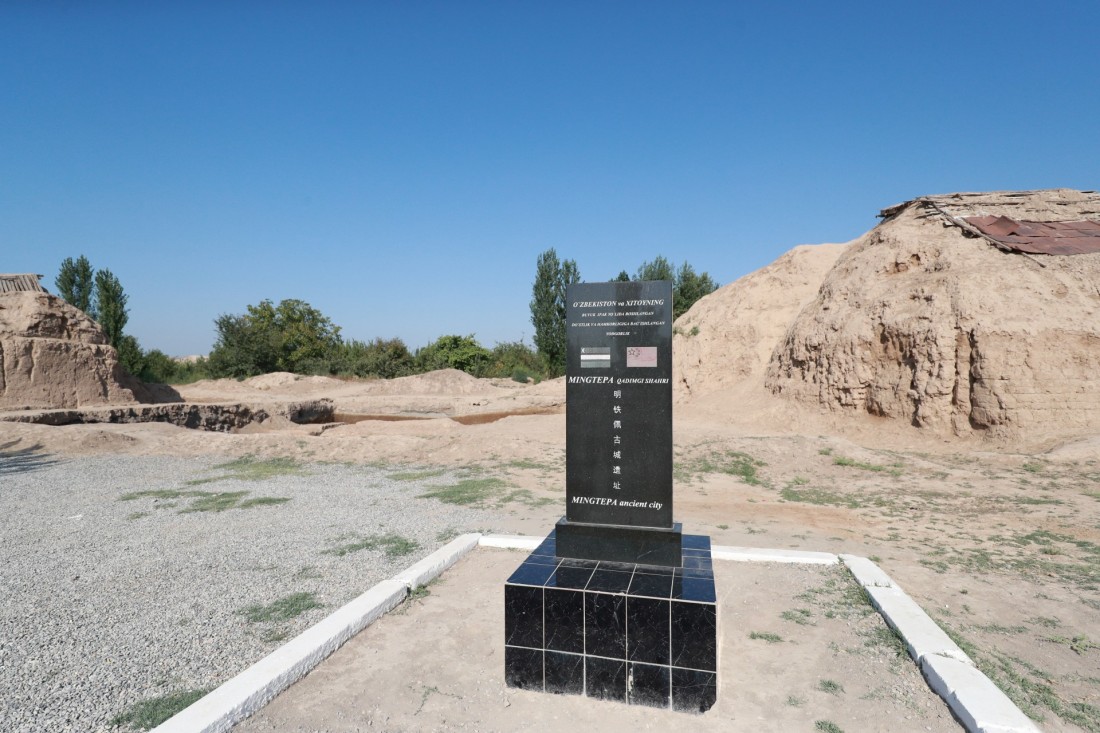
In 1902, the largest earthquake occurred in Andijan, destroying the entire city. As a result of the earthquake, more than 4 thousand people were killed. This was a great impetus for researchers of the history of the Andijan region to study the area in depth. So, as a result of excavations, archaeologists have discovered ancient settlements dating back to the beginning of the new millennium. Such cities-settlements as Ershi, Chordona, Mingtepa, Sarvontepa, Shahriston and Ark, etc. were discovered. The artifacts found in these settlements speak of the high culture, statehood, and international relations at that time with major states such as the Chinese Empire.
According to historical information of academician Barthold created a topographic map in 1893 with the indication of these ancient cities, but unfortunately, as a result of the earthquake, no historical documents confirming these data have been preserved in the city. We can only enjoy the objects we see that testify to the deep past of this unique region.
Source of the tourist route "Sanat tour" travel agency.
Comment